- All Flags
- Flags of Countries by Continent
-
Flags of Organizations
- Flags of UN countries
- Flags of the European Union countries
- Flags of NATO countries
- Flags of the countries of the Organization of Islamic Cooperation
- Flags of the countries of the Organization of American States
- Flags of the Arab League countries
- Flags of the African Union countries
- Flags of the countries of the Union of South American Nations
- Flags of the Commonwealth of Nations
- Flags of the countries of the Secretariat of the Pacific Community
- Flags of the Nordic Council countries
- Flags of the Caribbean Community
- Flags of the countries of the Association of Southeast Asian Nations
- Flags of the East African Community
- Flags of the countries of the Organization of Turkic States
- LGBT Community Flags
- Historical Flags
- Ethnic Flags
- Flags of the USA (states)
Flag of Algeria
The national flag of Algeria is a powerful and resonant symbol, embodying the nation's arduous struggle for independence, its rich Arab-Berber heritage, and its deep-rooted Islamic identity. More than just a piece of cloth, it is a testament to the resilience, courage, and unwavering spirit of the Algerian people who fought for over a century again..
Flag of Bahrain
The national flag of the Kingdom of Bahrain is a powerful and iconic symbol, deeply rooted in the nation's history, its cultural identity, and its enduring connection to the Arab and Islamic worlds. More than just a colorful banner, the flag of Bahrain, with its distinctive serrated line separating red and white, tells a story of sovereignty, regio..
Flag of Comoros
The national flag of the Union of the Comoros is a striking and deeply symbolic emblem that encapsulates the nation's rich history, its Islamic faith, its four main islands, and its aspirations for unity and prosperity. Adopted on January 7, 2002, this flag is the most recent in a series of designs that have evolved since the archipelago gained ind..
Flag of Djibouti
The national flag of Djibouti is a striking and meaningful symbol that encapsulates the nation's journey towards independence, its rich cultural tapestry, and its aspirations for unity and peace. Adopted on June 27, 1977, the day the country gained independence from France, the flag is a powerful visual representation of the Republic of Djibouti's ..
Flag of Egypt
The national flag of Egypt is a powerful and evocative symbol that embodies the nation's rich history, its revolutionary spirit, and its enduring aspirations for unity, freedom, and justice. Adopted on October 4, 1984, the current design reflects a culmination of centuries of cultural evolution and a modern reinterpretation of deep-rooted historica..
Flag of Iraq
The national flag of Iraq is a powerful emblem, reflecting the nation's complex history, its Arab identity, and its aspirations. It's a symbol that has undergone several transformations, each reflecting significant political shifts and societal changes within the country. The current flag, adopted in 2008, retains the pan-Arab colors while incorpor..
Flag of Jordan
The national flag of Jordan is a deeply significant symbol, representing the nation's rich history, its connection to the Great Arab Revolt, and its enduring aspirations for unity, freedom, and independence. It's a powerful visual narrative that tells the story of the Hashemite Kingdom of Jordan and its place within the broader Arab world. Adopted ..
Flag of Kuwait
The national flag of Kuwait is a powerful and evocative symbol, representing the rich heritage, unwavering determination, and ambitious future of this vibrant Gulf nation. More than just a piece of fabric, it embodies the spirit of its people, their historical struggles, and their enduring aspirations for prosperity, peace, and unity within the Ara..
Flag of Lebanon
The national flag of Lebanon is a profound and instantly recognizable symbol, embodying the enduring spirit, rich history, and unique identity of a nation often described as the "Pearl of the Middle East." With its striking cedar tree at the heart, the flag tells a story of ancient heritage, resilience, and the deeply held aspirations of its people..
Flag of Libya
The national flag of Libya is a powerful emblem, reflecting the nation's complex and often tumultuous journey through different political eras, from monarchy to revolution and beyond. The current flag, reinstated on February 17, 2011, during the Libyan civil war, is a direct re-adoption of the flag originally used by the Kingdom of Libya from 1951 ..
Flag of Mauritania
The national flag of the Islamic Republic of Mauritania is a profound symbol of the nation's identity, its deeply rooted Islamic heritage, and its aspiration for a prosperous future. Adopted on August 15, 2017, following a constitutional referendum, the current flag is an evolution of its predecessor, adding two red stripes to the original green fi..
Flag of Morocco
The national flag of the Kingdom of Morocco is a profoundly iconic and historically rich emblem, embodying centuries of Moroccan sovereignty, deep-rooted Islamic traditions, and the enduring spirit of its people. Its striking simplicity – a vibrant red field adorned with a prominent green pentagram – belies a complex tapestry of meaning..
Flag of Oman
The national flag of the Sultanate of Oman is a powerful symbol of its rich history, distinct identity, and vision for the future. It gracefully combines traditional Arab colors with unique elements that tell the story of a nation that has navigated centuries of maritime power, cultural depth, and remarkable modernization. More than just a national..
Flag of Palestine
The national flag of Palestine is a powerful and evocative symbol of the Palestinian people's identity, their enduring struggle for self-determination, and their deep connection to their homeland. It represents a continuous narrative of resistance, resilience, and hope for a future state. While officially adopted by the Palestine Liberation Organiz..
Flag of Qatar
The national flag of Qatar is a striking and instantly recognizable emblem, deeply rooted in the nation's history, culture, and geographical identity. Adopted in its current form in 1971, the year Qatar declared its full independence from British protection, it stands as a powerful symbol of sovereignty, resilience, and the unique heritage of the Q..
Flag of Saudi Arabia
The national flag of Saudi Arabia is a profoundly significant symbol, instantly recognizable by its striking green field, the prominent Shahada (Islamic creed) written in white Thuluth script, and a white saber positioned beneath the text. More than just a national emblem, it embodies the Kingdom's deep religious identity, its historical foundation..
Flag of Somalia
The national flag of Somalia is a powerful and instantly recognizable symbol, embodying the nation's independence, unity, and its place within the broader African and Islamic world. Adopted on October 12, 1954, five years before Somalia gained full independence from Italy and Britain, its design was a forward-looking statement of national aspiratio..
Flag of Sudan
The national flag of Sudan is a powerful and evocative symbol, embodying the rich history, the diverse cultural heritage, and the aspirations of the East African nation. Adopted on May 20, 1970, after the May Revolution led by Gaafar Nimeiry, the flag replaced an earlier design that was seen as less representative of the country's Arab and African ..
Flag of Syria
The "Independence Flag" of Syria is a powerful historical emblem, distinct from the current official flag. This green, white, and black tricolor, featuring three red stars on its central white stripe, represents a significant period in Syria's journey towards independence and its subsequent political struggles. For many, especially within the Syria..
Flag of the United Arab Emirates
The national flag of the United Arab Emirates (UAE) is a profound emblem of the nation's rich history, its journey towards unity, and its ambitious aspirations for the future. Adopted on the very day of the federation's formation, it vividly tells the story of the UAE's foundation on principles of Arab nationalism, strength, peace, and prosperity. ..
Flag of Tunisia
The national flag of Tunisia is a powerful and historically rich symbol that reflects the nation's heritage, its Islamic identity, and its enduring aspirations. One of the oldest continuously used national flags in the world, its fundamental design dates back to 1831, long before Tunisia gained full independence, establishing its deep roots in the ..
Flag of Yemen
The national flag of Yemen is a symbol of unity, revolution, and the shared Arab identity of its people. Adopted on May 22, 1990, the day of the unification of North and South Yemen, its design reflects the pan-Arab colors, embodying a long history of aspirations for a unified Arab nation and the specific journey of the Yemeni people towards indepe..





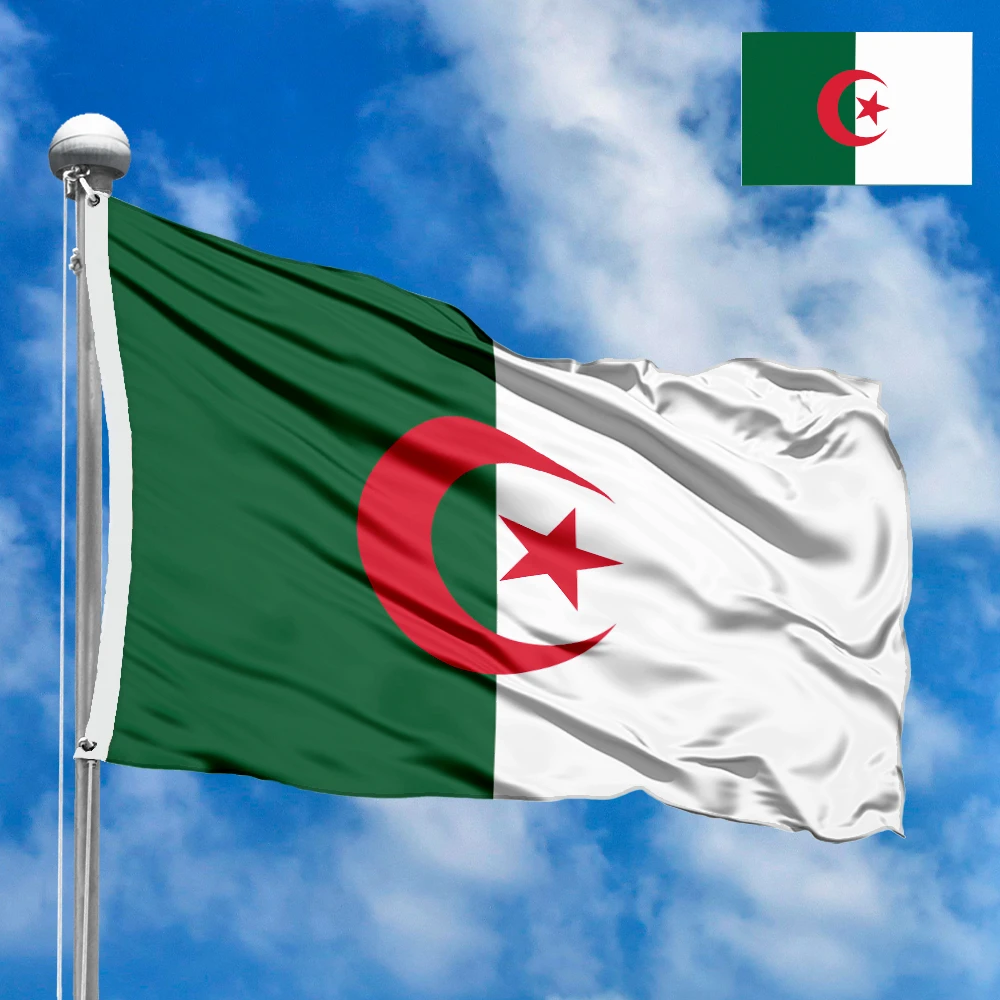











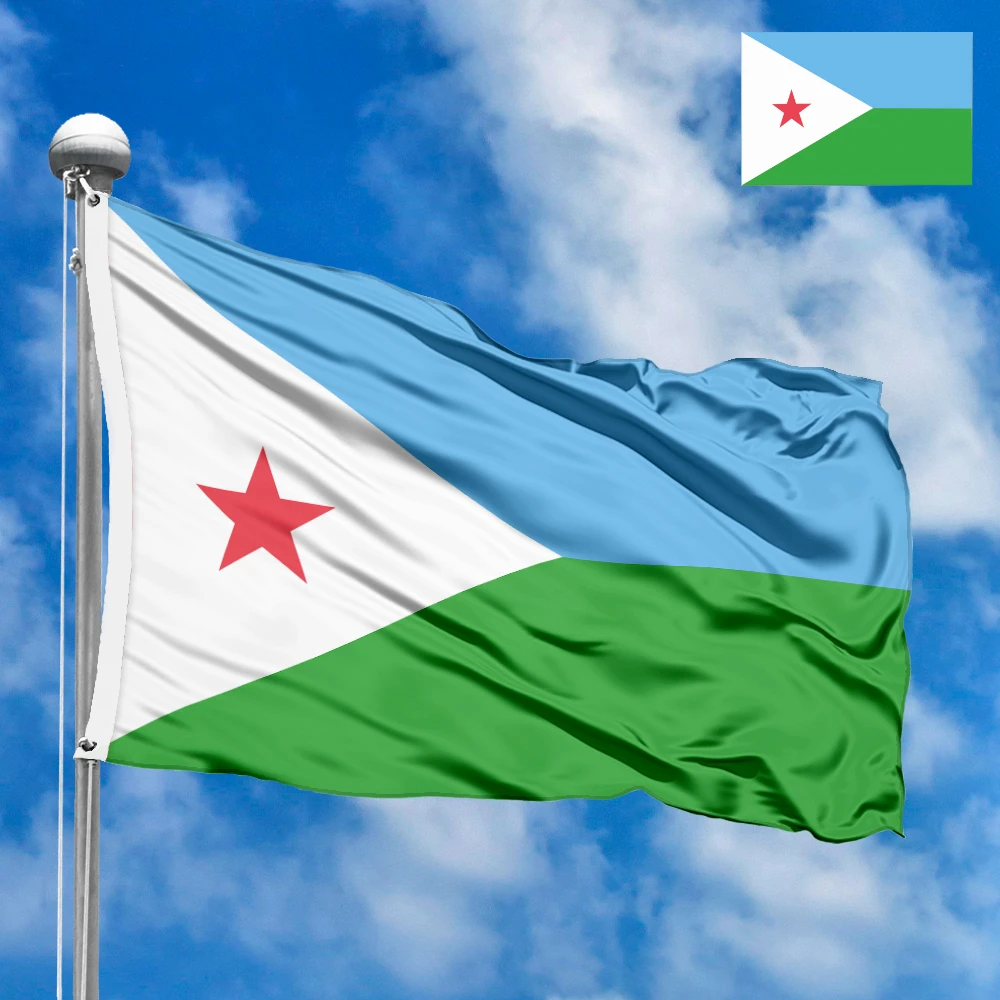



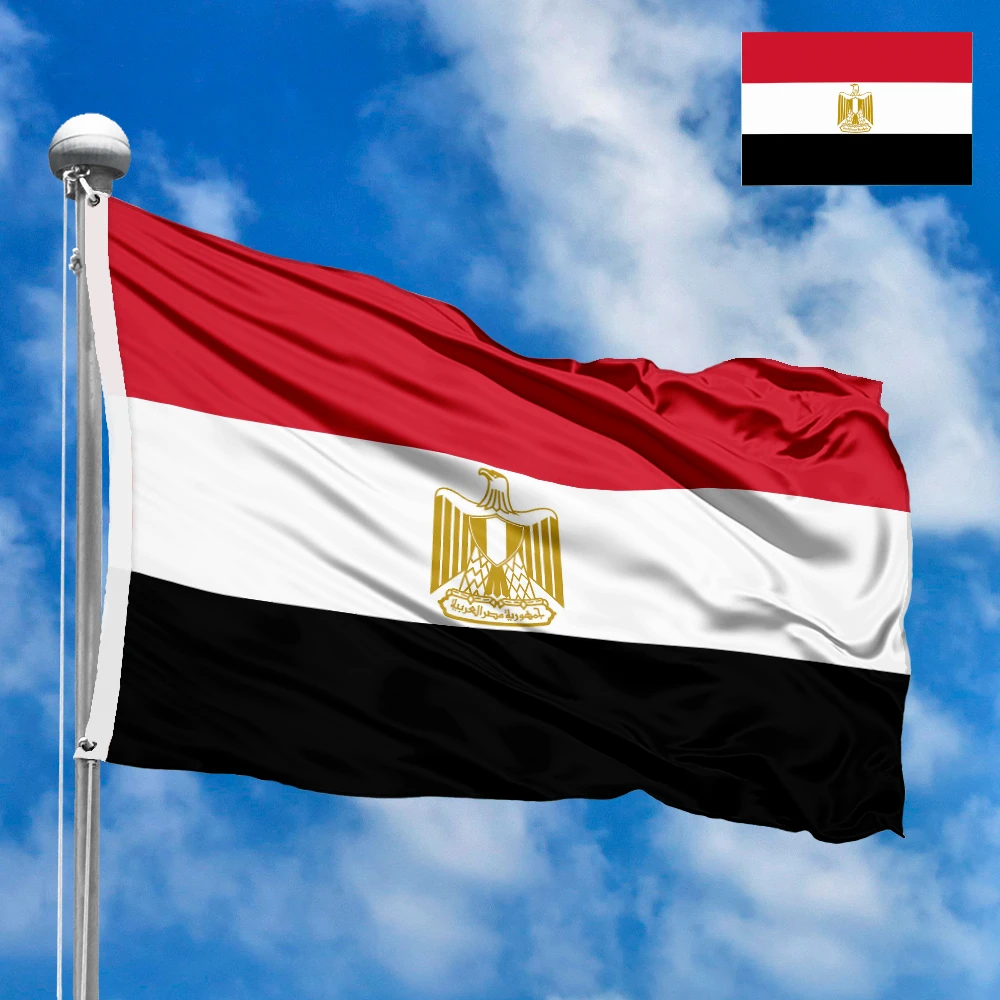







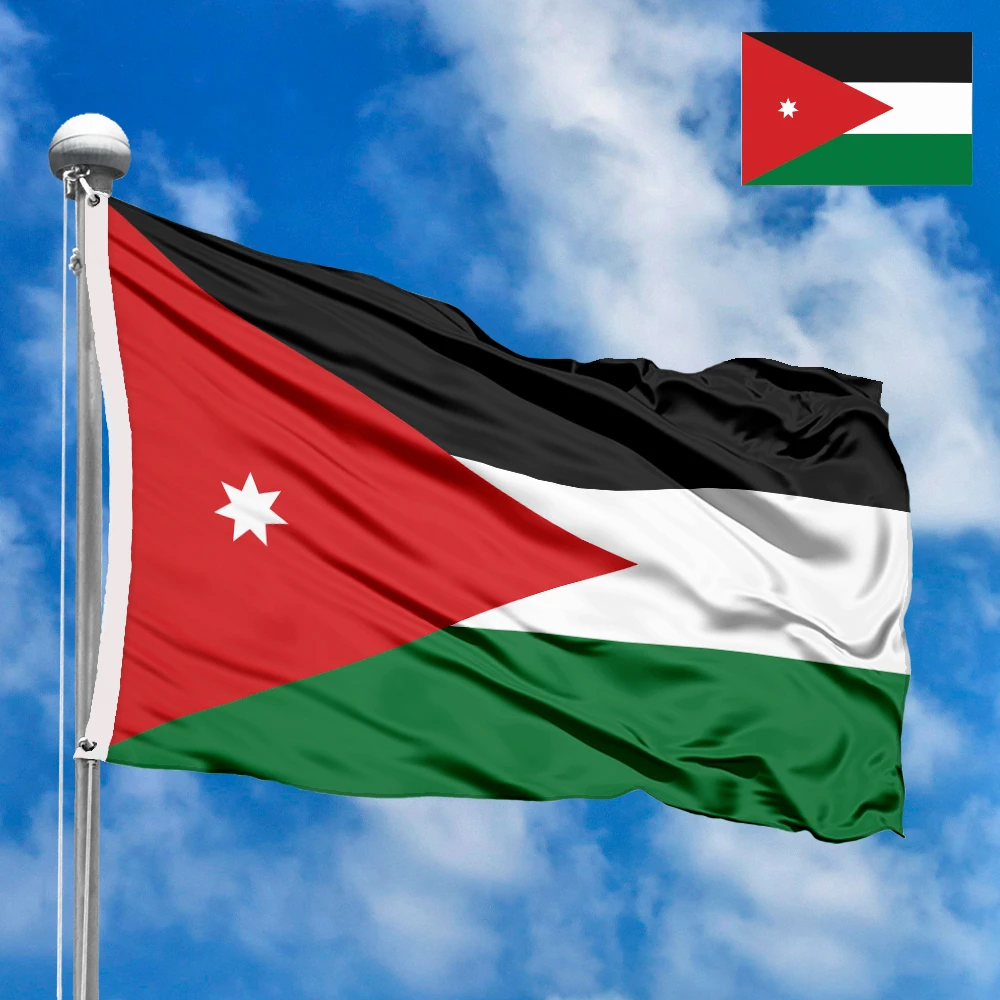











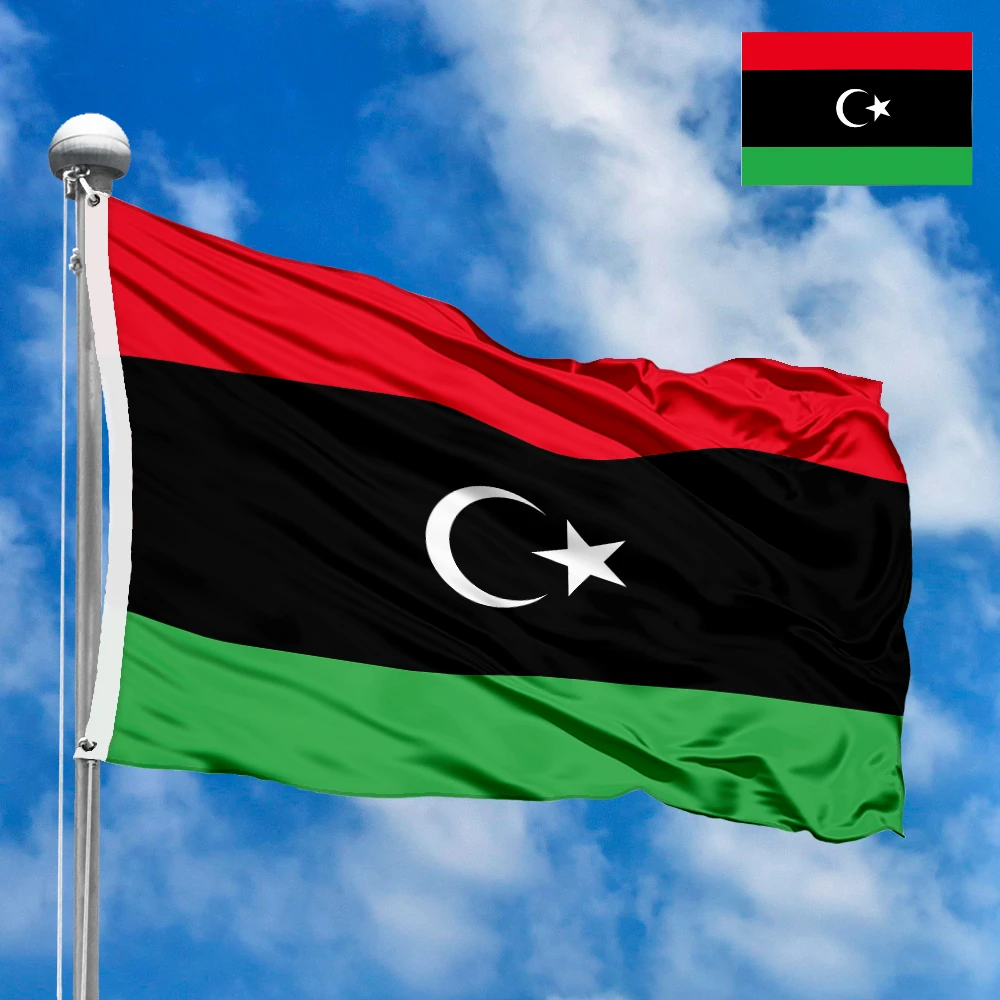



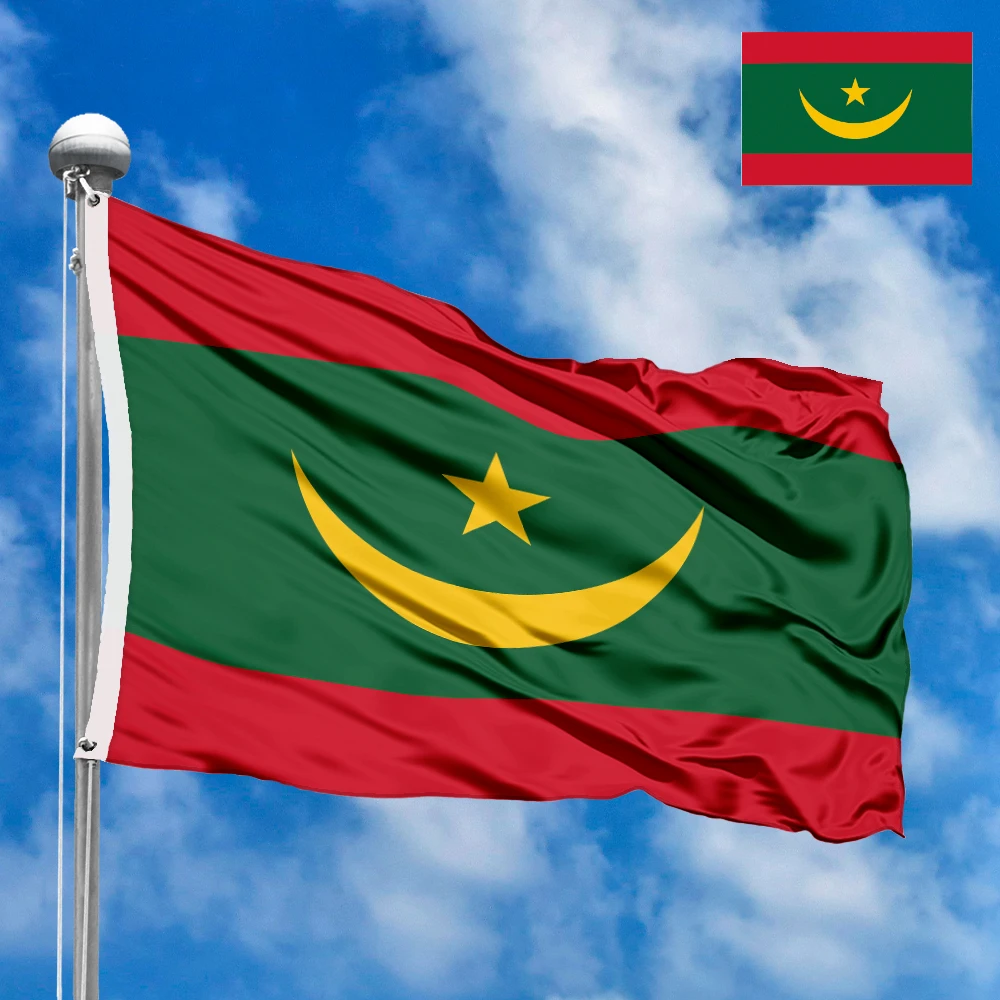











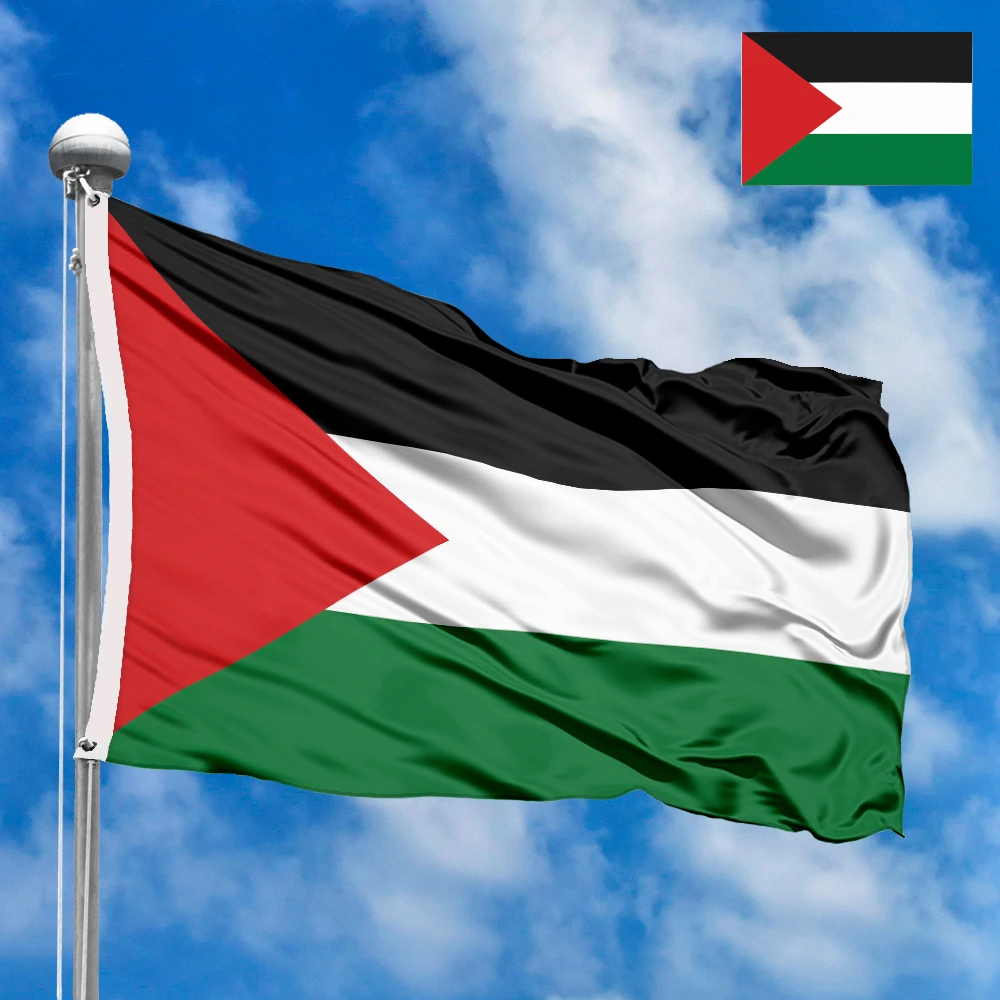



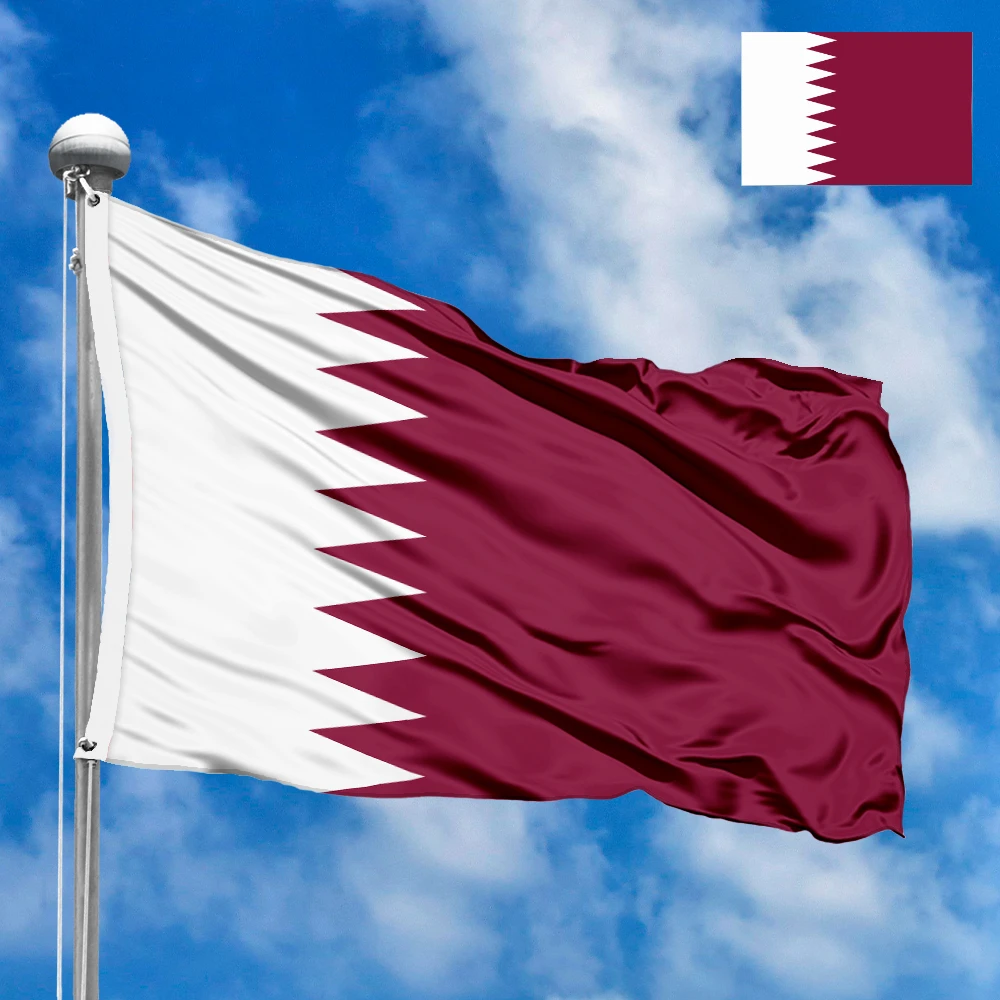



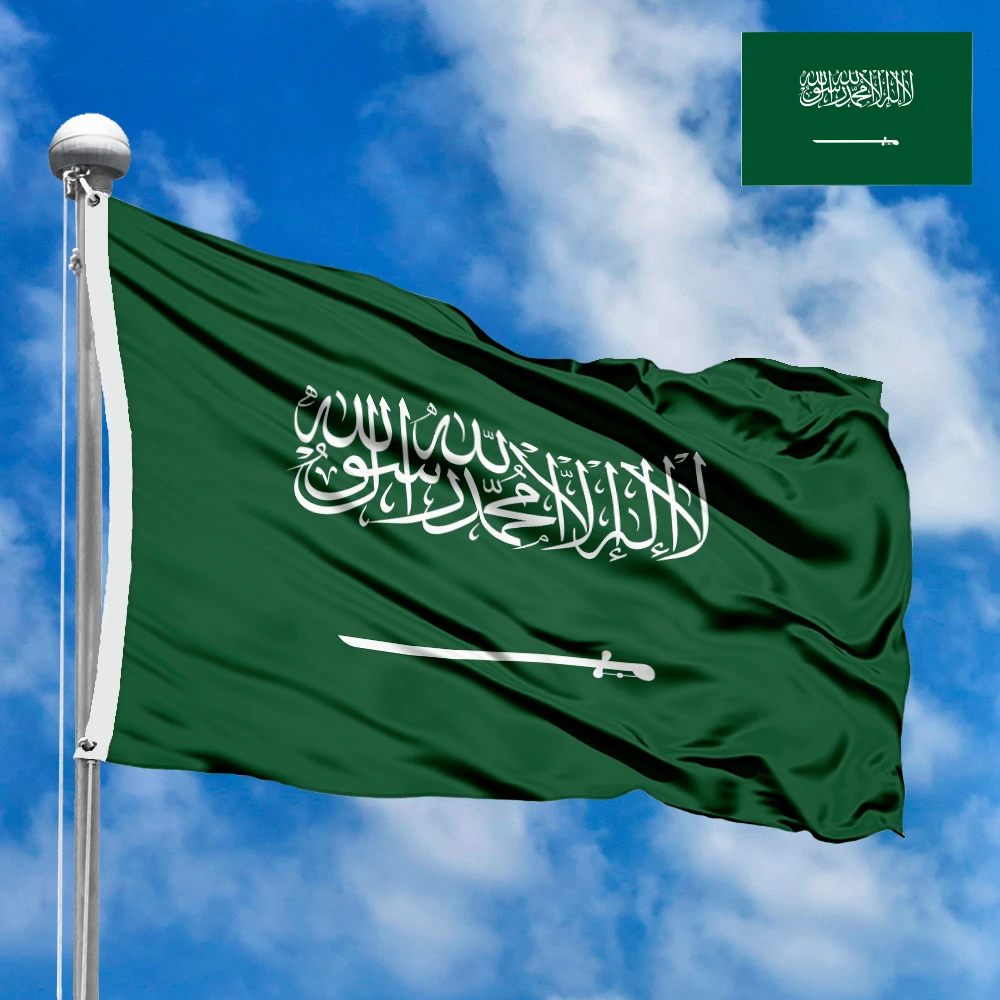



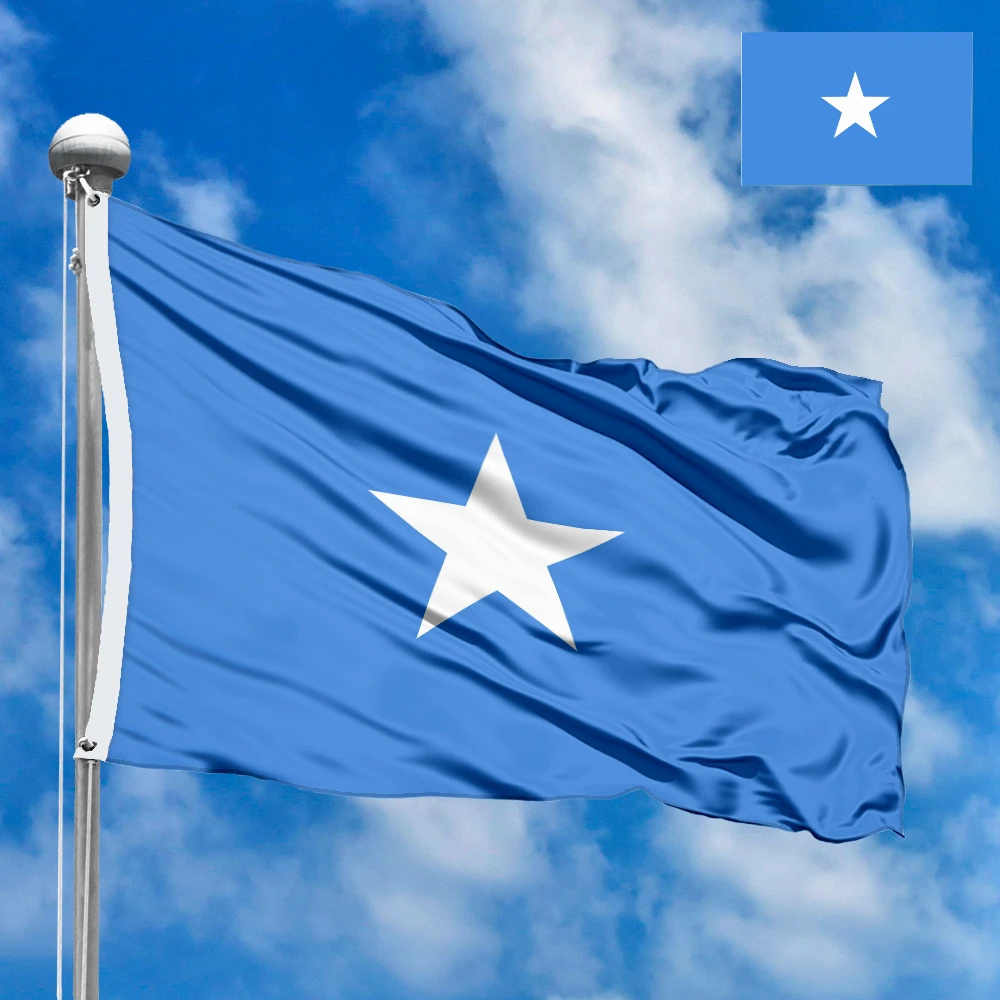







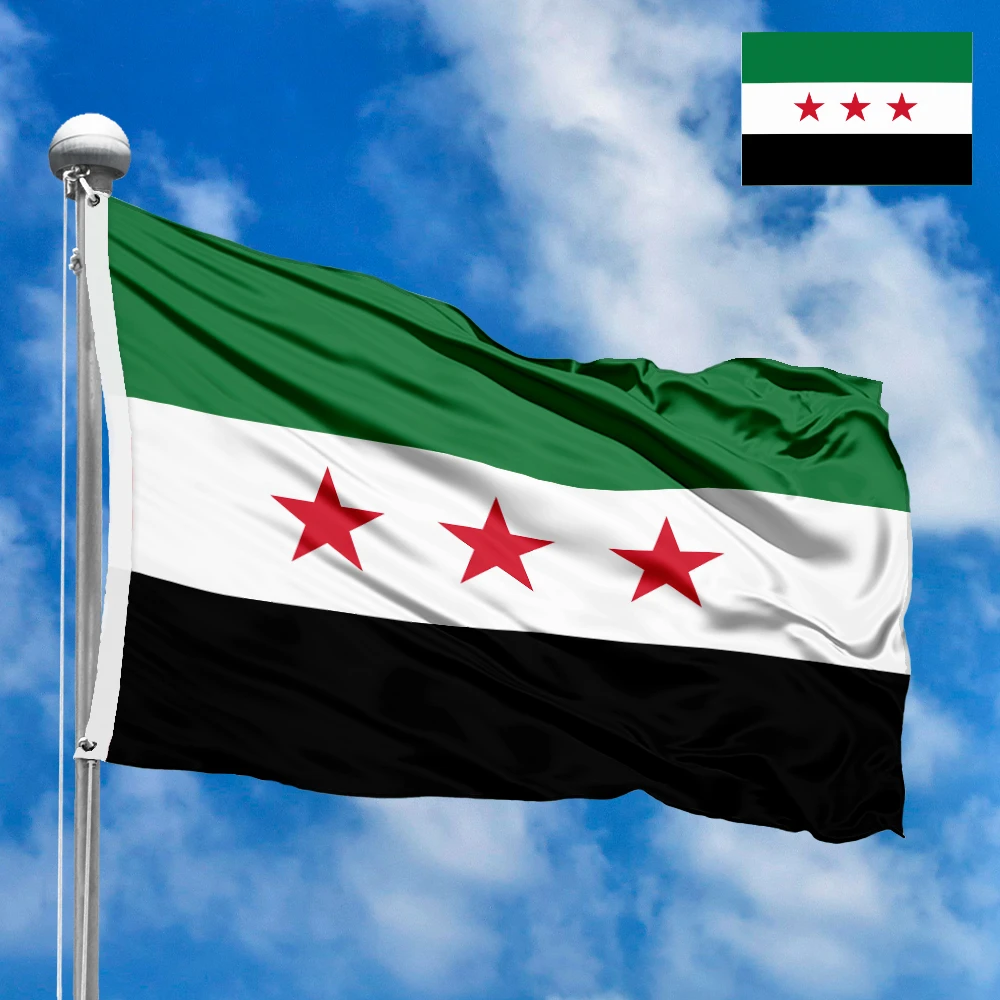







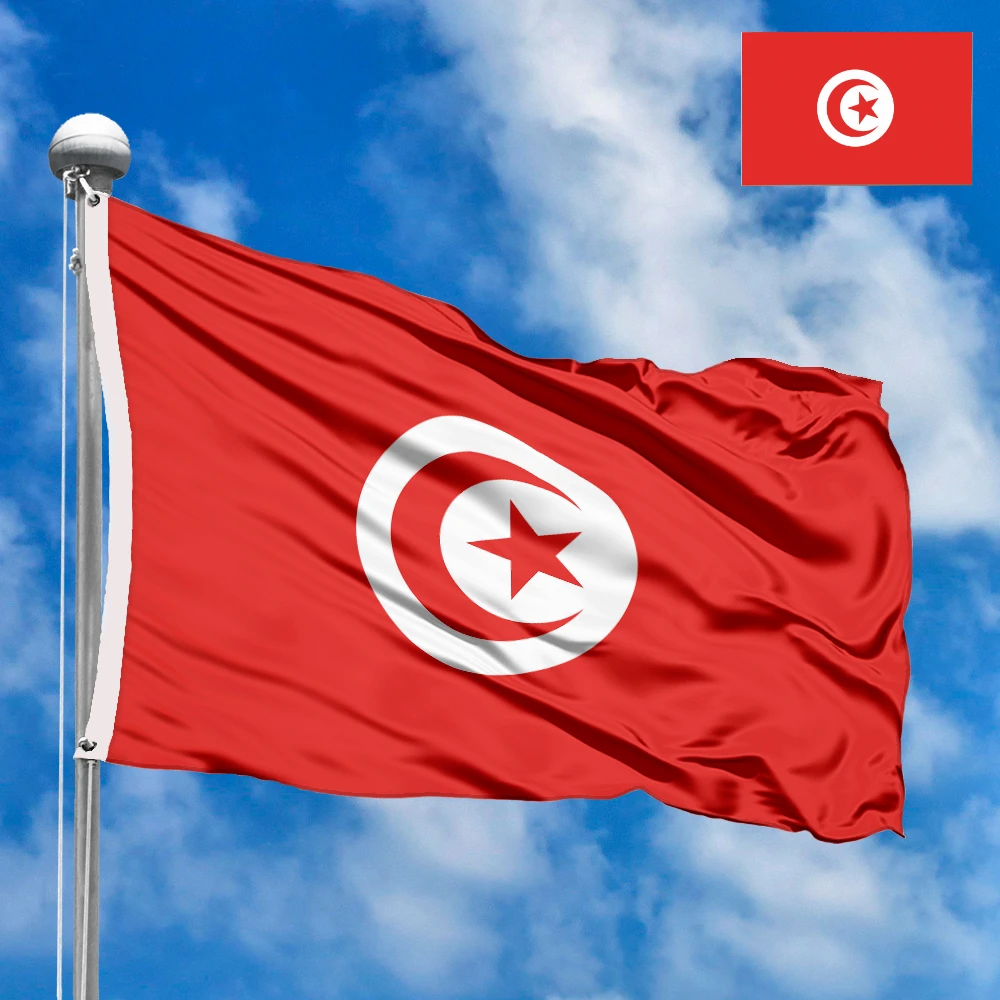




 Flags of Europe
Flags of Europe Flags of Asia
Flags of Asia Flags of Africa
Flags of Africa Flags of North America
Flags of North America Flags of South America
Flags of South America Flags of Australia and Oceania
Flags of Australia and Oceania Flags of Antarctica
Flags of Antarctica Flags of International Organizations
Flags of International Organizations LGBT Community Flags
LGBT Community Flags Historical Flags
Historical Flags Flags of the US States
Flags of the US States Ethnic flags
Ethnic flags